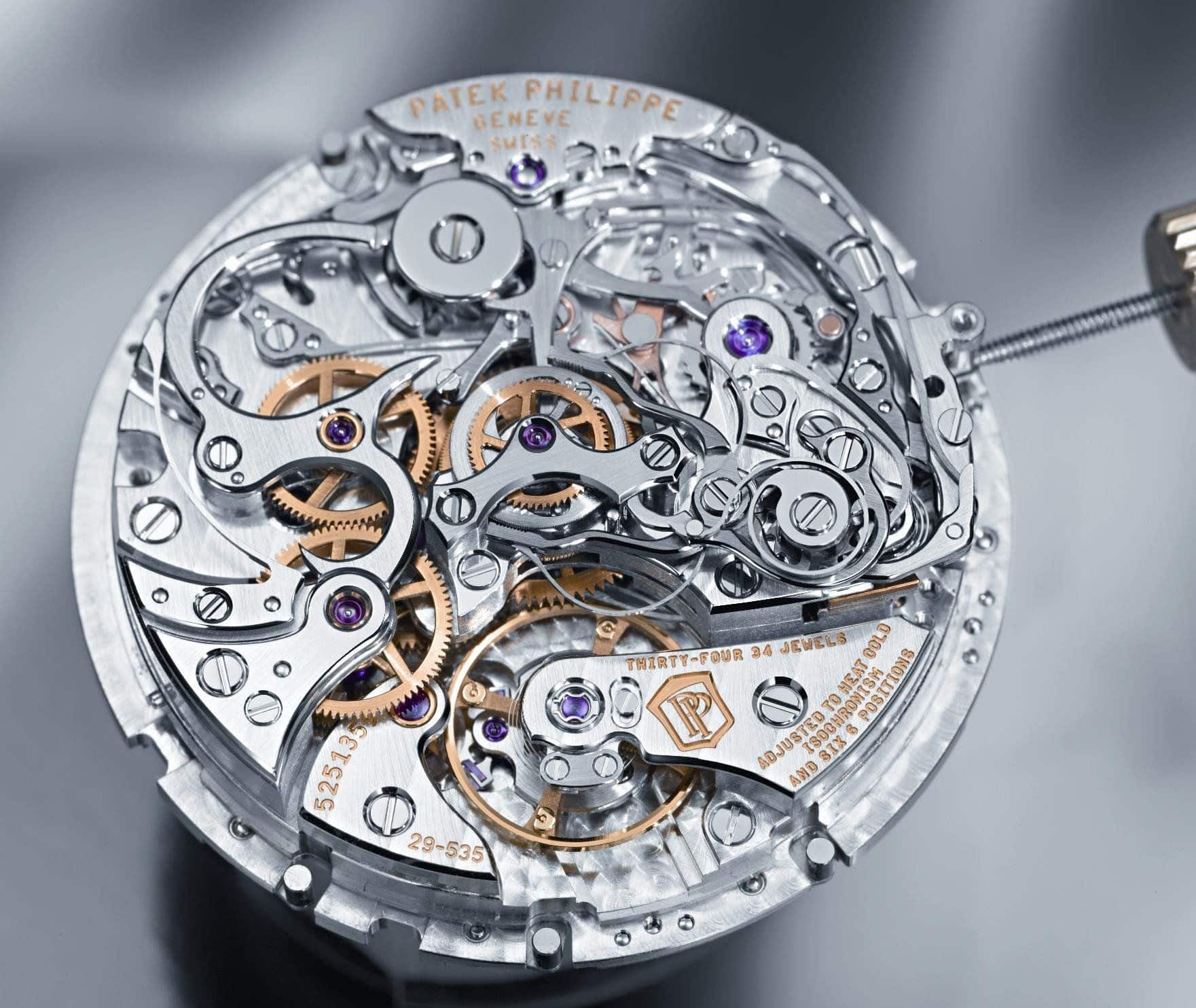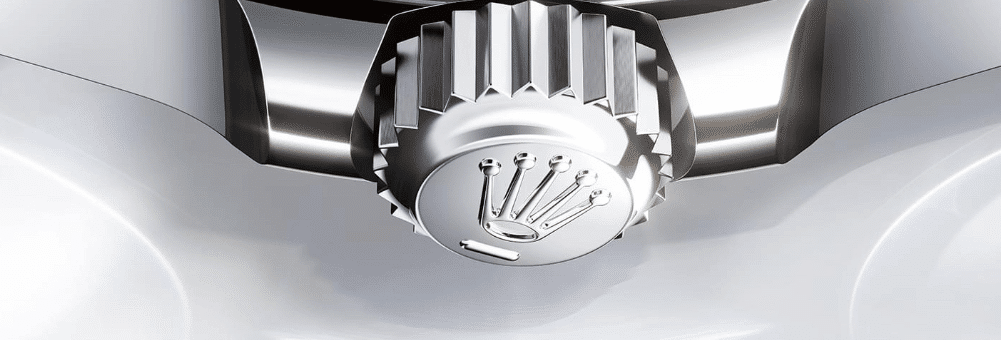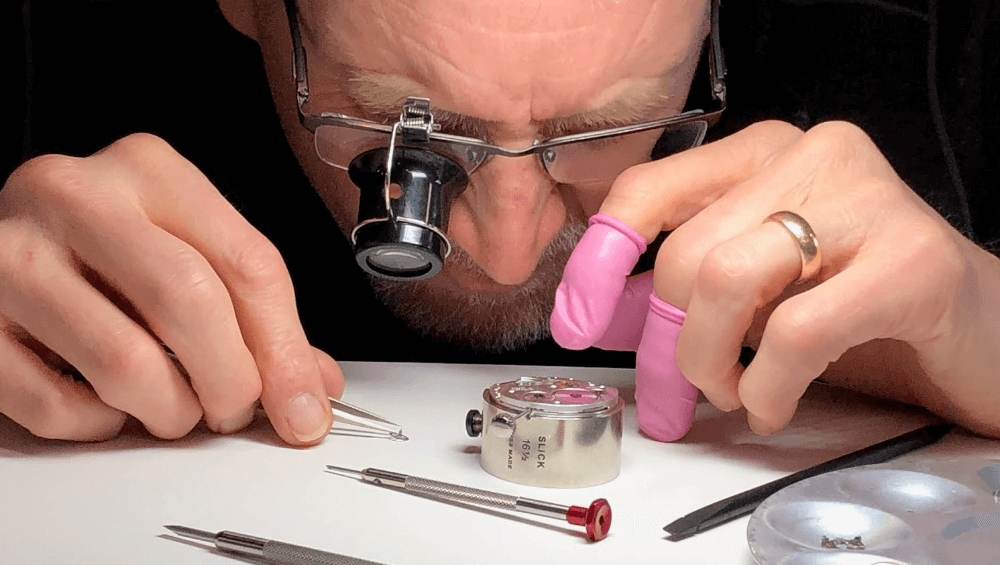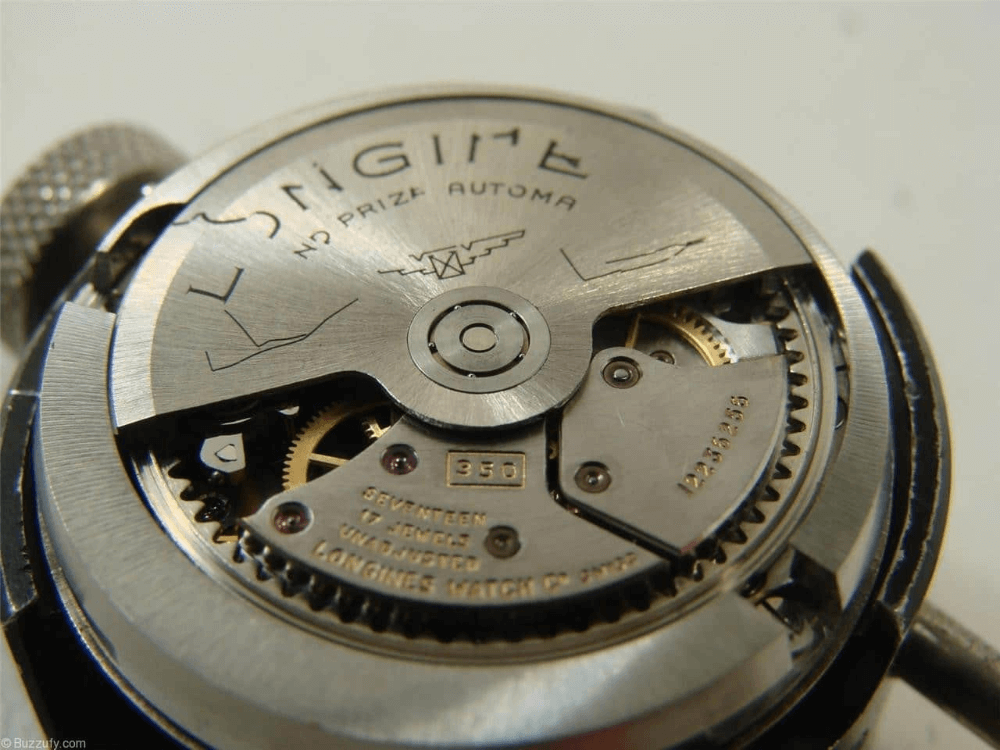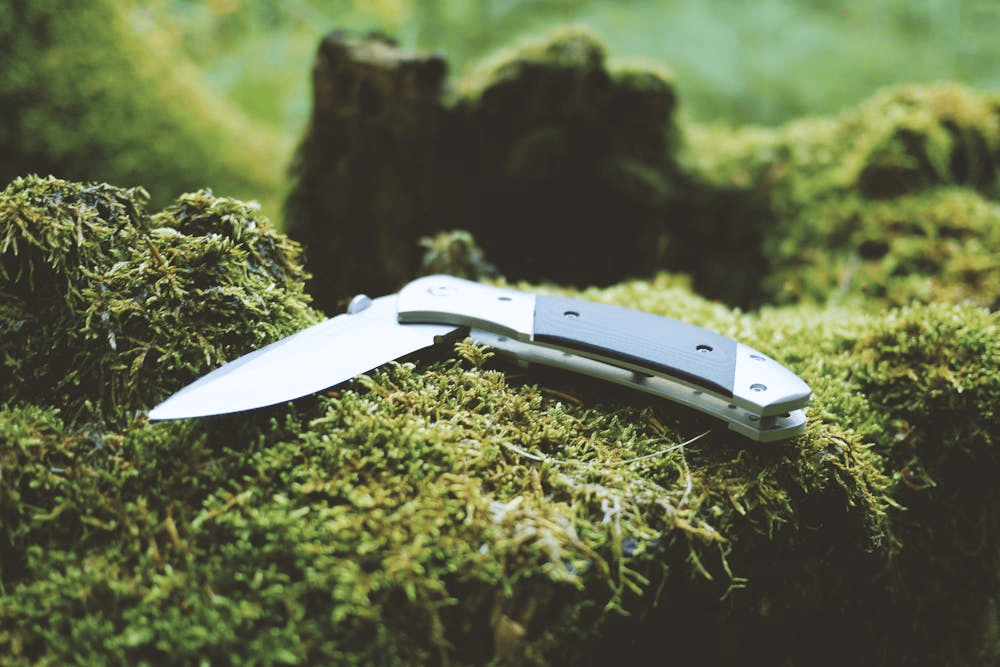A true watch enthusiast will naturally want to understand what watches can do. To understand what watches can do one needs to appreciate how they work.
A mechanical movement operates without a battery. It varies in complexity and can be constructed from fewer than 100 parts or well in excess of 1,000! A mechanical movement comprises for core elements: the power source, transmission, distribution and regulation.
Despite the busy, almost chaotic appearance of a watch movement, the four core elements are always present. The watch is wound and it charges a coiled mainspring – the power source. The mainspring doesn’t instantly release because it is connected to a gear train, which is the transmission element. The gear train is a series of wheels and pinions held together by arbors, the most active of which are pivoted by jewelled bearings to avoid rapid deterioration from friction. Imagine this configuration to be like a tree (arbor is the Latin word for tree) – the pinion surrounds the base of the arbor like bark around the trunk of a tree, the foliage at the top is the wheel. If you want to spin the “tree” you grip the bark and spin it at the trunk. Now imagine that the wheel at the top of the arbor is attached to the pinion of the next arbor. Spinning the first one would make the second one move as well. The driving wheels are bigger than the pinions that are being driven, therefore the speed of each wheel increases as the motion passes along the gear train. This is the purpose of the transmission; to convert the unwinding of the mainspring into a series of increasing rates (hour/minutes/seconds) using predetermined ratios to increase the gearing in specific proportions. So while the mainspring might take 12 hours to perform one rotation, the escape wheel will do it in less than 10 seconds. The distribution and regulation are responsible for ensuring the accuracy of the various rotations and consist of a lever (usually in the shape of a two-pronged pallet fork) channelling power impulses that cause a balance wheel and hairspring to oscillate. The pallet fork is like a gate latch, which opens and closes, allowing for the escape wheel to release the energy of the mainspring, and in doing so it provides as impulse to the balance wheel so that the oscillating continues. It’s clever tied loop; so long as the mainspring power is refreshed, it will go on for a very long time (for example, until the lubricant runs dry or the watch is dropped onto a hard floor). The distribution and regulation components; the escape wheel, lever, balance wheel and hairspring – are often referred to collectively as the escapement.
How do the hour, minute and seconds hands on the dial work? The minute and seconds hands can be mounted to the axis of the second and fourth wheels respectively. This is why the wheel ratios are important and why the more traditional mechanical watches have a central minute hand and a subsidiary second dial. Alternative details, such as a central seconds hand, would require the movement to be redesigned.
The hour hand is more complicated and is achieved by a reduction gearing known as the motion work.
All of these component parts: the wheels, pinions, springs and levers – are sandwiched together between a main plate and a series of bridges. The main plate has a “dial side” and a “bridge side” (or movement side). The dial side of a basic movement is fairly featureless, save for some of the keyless work, motion work and perhaps some perlage comes from the description of bubbles hudding together against the side of a champagne glass). The bridge side is where the party takes place, where the components come together and where the balance wheel often clears the dance floor. It is this view of the movement that is so captivating and convinces us that there is something of a soul somewhere in there.
